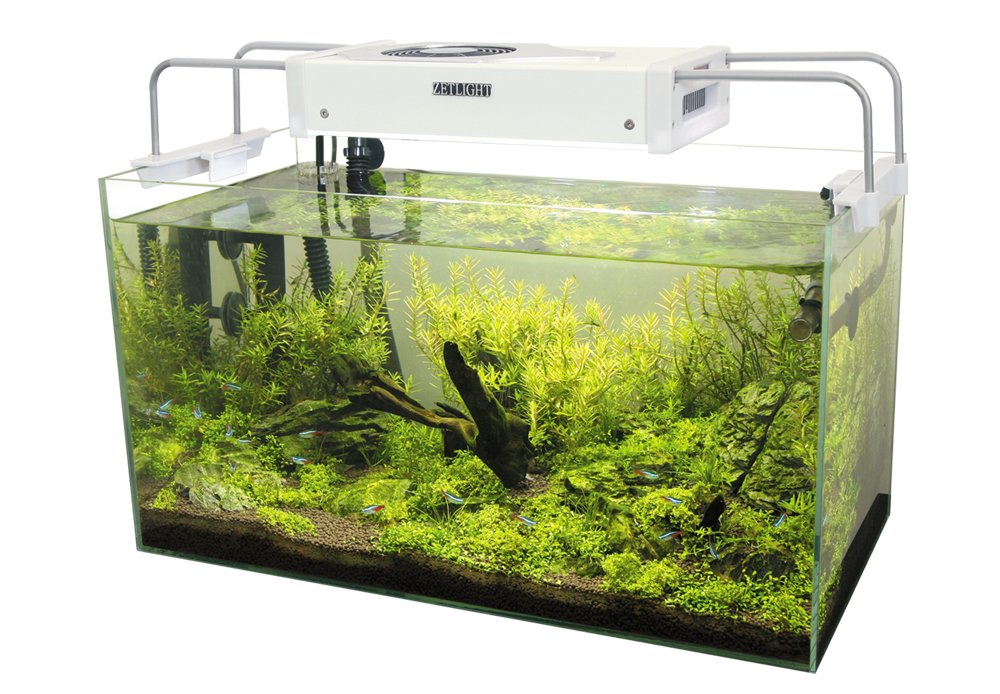Keeping your fish tank clean and balanced doesn’t have to be overwhelming—it just takes a few smart habits. Regular water changes, proper filtration, and not overfeeding your fish are key to maintaining a healthy environment. Testing water parameters like pH, ammonia, and nitrate levels helps catch issues before they become serious. Adding live plants and the right tank mates can also support a natural balance. With the right strategies, your aquarium can stay crystal-clear and your fish can thrive in a stable, stress-free home.
Regular Water Changes Are Non-Negotiable

It might sound obvious, but many aquarists underestimate the power of a simple water change. Performing partial water changes—usually about 20% every week—removes toxins like nitrates and ammonia that slowly build up and harm your fish. Fresh water brings in vital minerals and oxygen, giving your aquatic friends a boost. You’ll notice your fish become more active and their colors brighten. It’s like opening the windows in a stuffy room; everyone feels better. Skipping water changes can quickly turn your tank into a toxic soup, so make them a regular part of your routine. Trust me, your fish will thank you!
Don’t Overfeed—Less Is Truly More

It’s easy to love your fish a little too much with food. Many hobbyists overfeed, thinking it’s a sign of affection. Unfortunately, uneaten food decays, polluting the water and clogging your filter. A good rule is to feed only what your fish can consume in about two minutes. Watch them eat—the excitement is contagious—but remove any leftovers promptly. Your fish don’t need snacks throughout the day. Overfeeding is like letting dirty dishes pile up in your kitchen; sooner or later, it’s going to smell. Keep feeding simple, and your tank will stay cleaner and healthier.
Choose the Right Filter for Your Aquarium
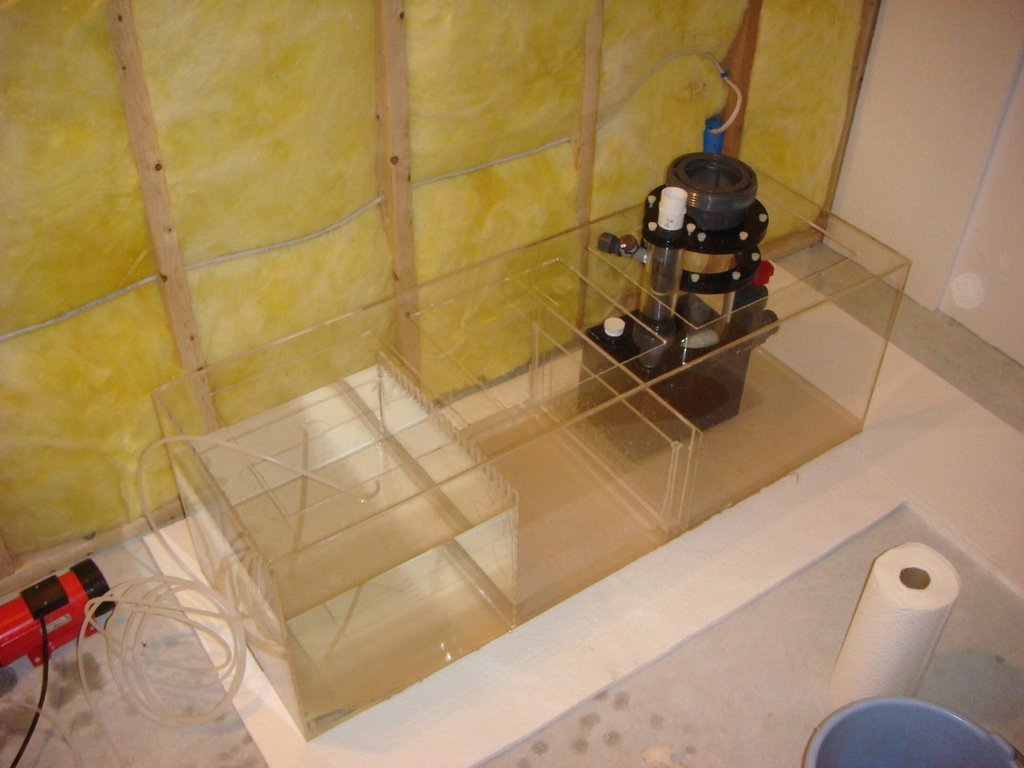
Filters are the heart of your aquarium, working tirelessly to keep water moving and clean. But not all filters are created equal. Make sure your filter is rated for your tank size, or even a bit larger if you have a big fish load. There are hang-on-back filters, canister filters, and sponge filters—each with its strengths. A strong filter will remove debris, break down waste, and create gentle currents that mimic natural environments. Think of your filter as the lungs and kidneys of your tank; if it’s struggling, everything else will too. Clean or replace filter media regularly to keep it running at peak performance.
Vacuum the Gravel to Remove Hidden Waste
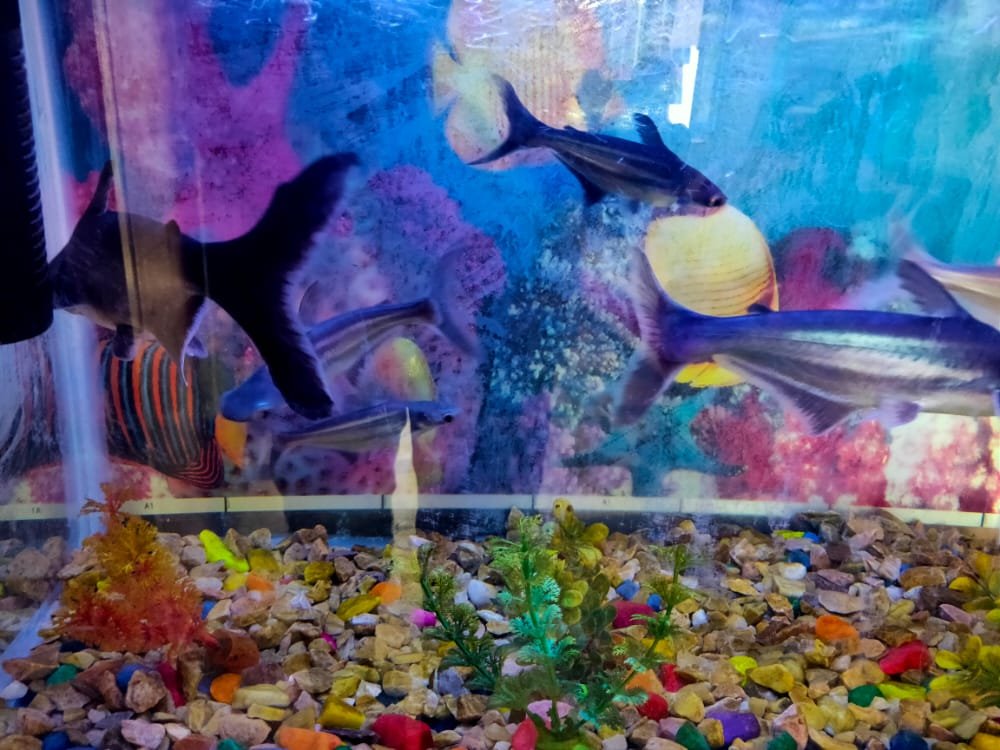
Looks can be deceiving—what lies beneath the gravel can turn your tank into a mess. Fish waste, leftover food, and decaying plant matter settle at the bottom, slowly releasing toxins. Using a gravel vacuum during water changes helps suck up this hidden gunk before it causes trouble. Even if your tank looks spotless, you’d be amazed at what gets trapped below the surface. Regular gravel cleaning keeps your tank fresh and reduces the chances of foul odors or sudden algae blooms. It’s like cleaning under the couch cushions—always more grime than you expect!
Monitor Water Parameters Religiously
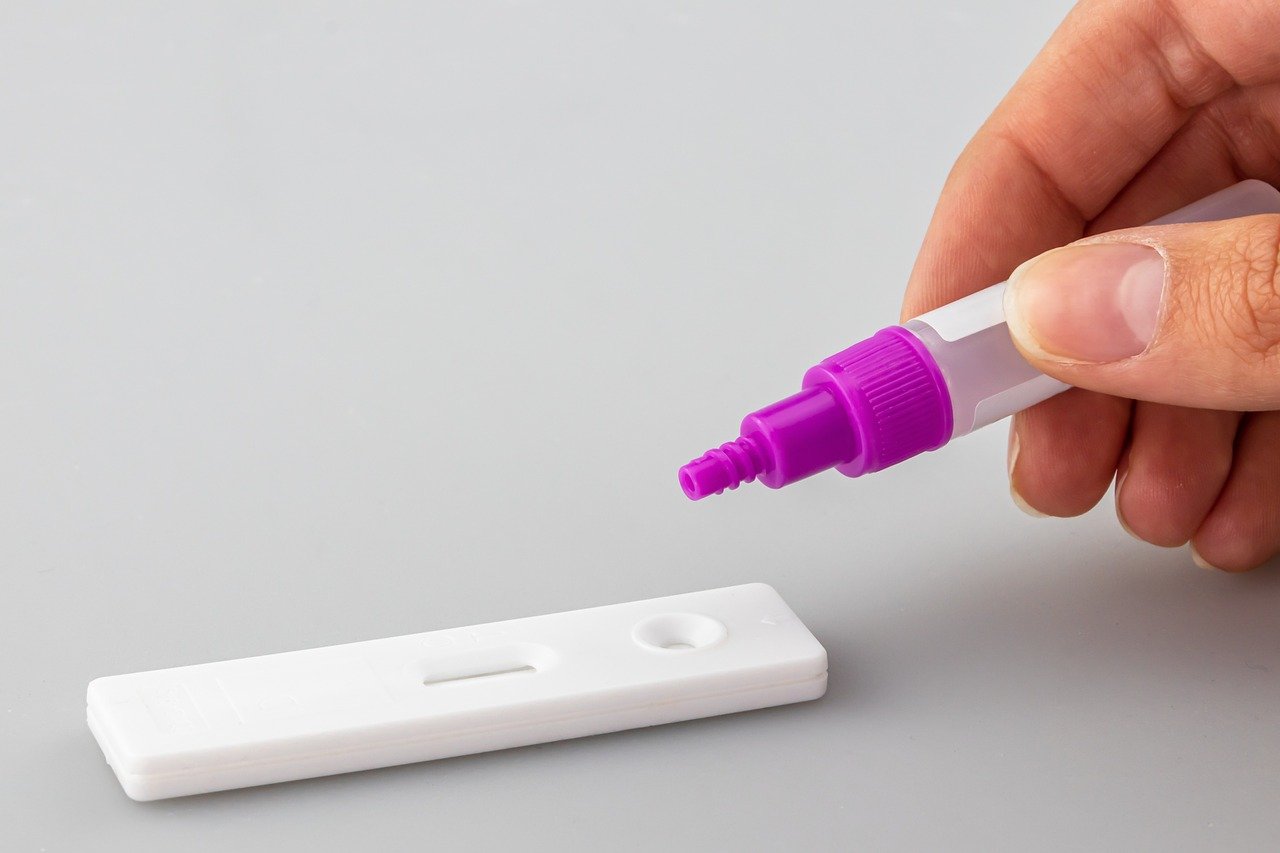
It’s tempting to trust your eyes, but crystal-clear water isn’t always clean water. Testing your aquarium’s water for ammonia, nitrite, nitrate, and pH levels helps you catch problems before they become disasters. Test kits are inexpensive and easy to use—think of them as a regular health checkup for your tank. Keeping parameters in the safe range means your fish are less stressed and more resistant to disease. Some aquarists keep a logbook to track trends, which is great for spotting issues early. Don’t play guessing games with your fish’s health.
Control Algae Growth Without Chemicals
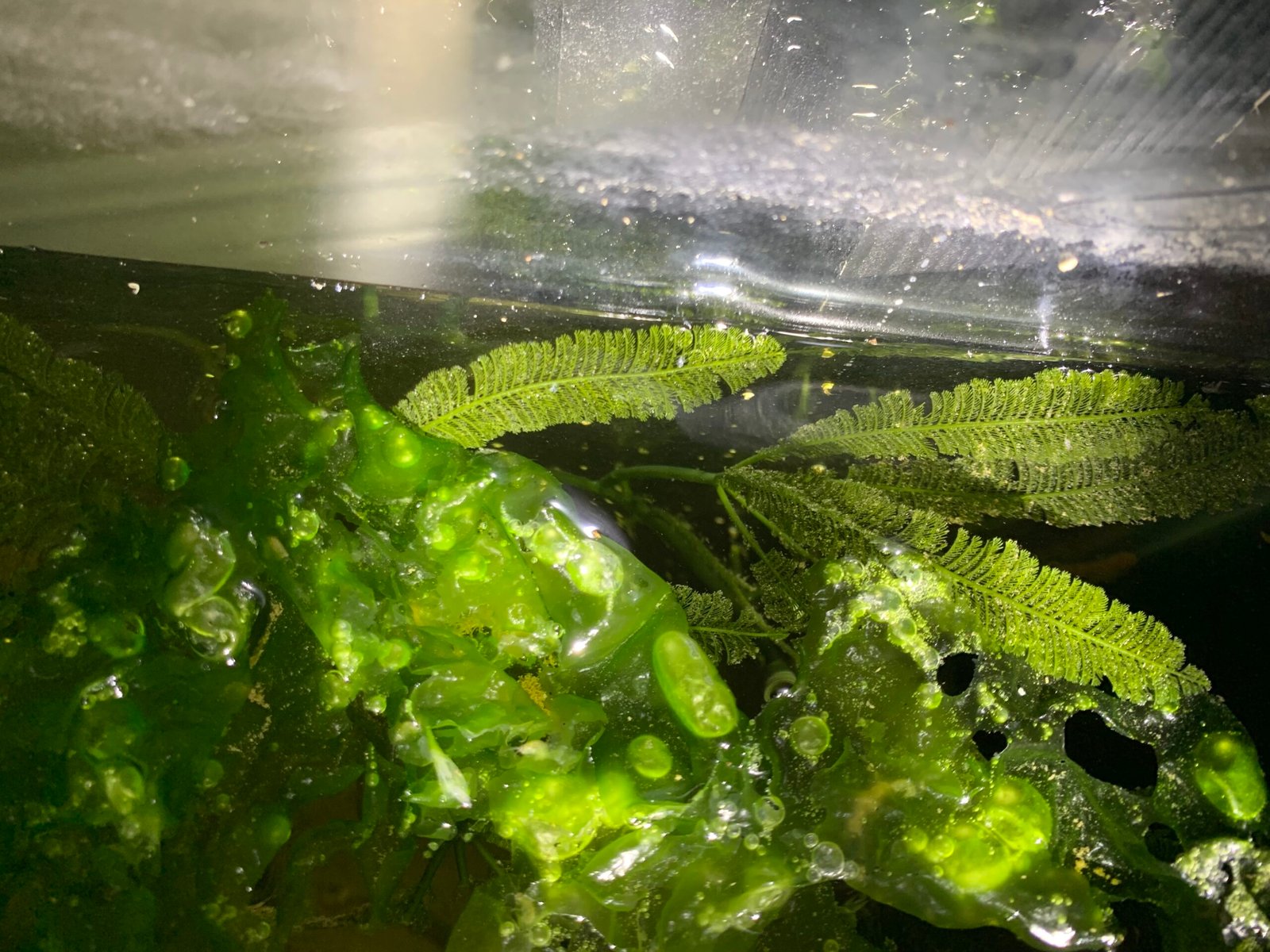
Algae can appear overnight, coating glass, plants, and decorations in a slimy green film. The key is to control nutrients and light. Reduce the time your aquarium light is on to 8-10 hours a day, and place the tank away from direct sunlight. Adding live plants can outcompete algae for resources, and some fish or snails love munching on it. Scrape the glass regularly with an algae magnet or pad. Avoid harsh chemicals—they can hurt your fish and throw off your tank’s balance. Algae isn’t evil, but unchecked, it can take over fast.
Select the Right Number of Fish
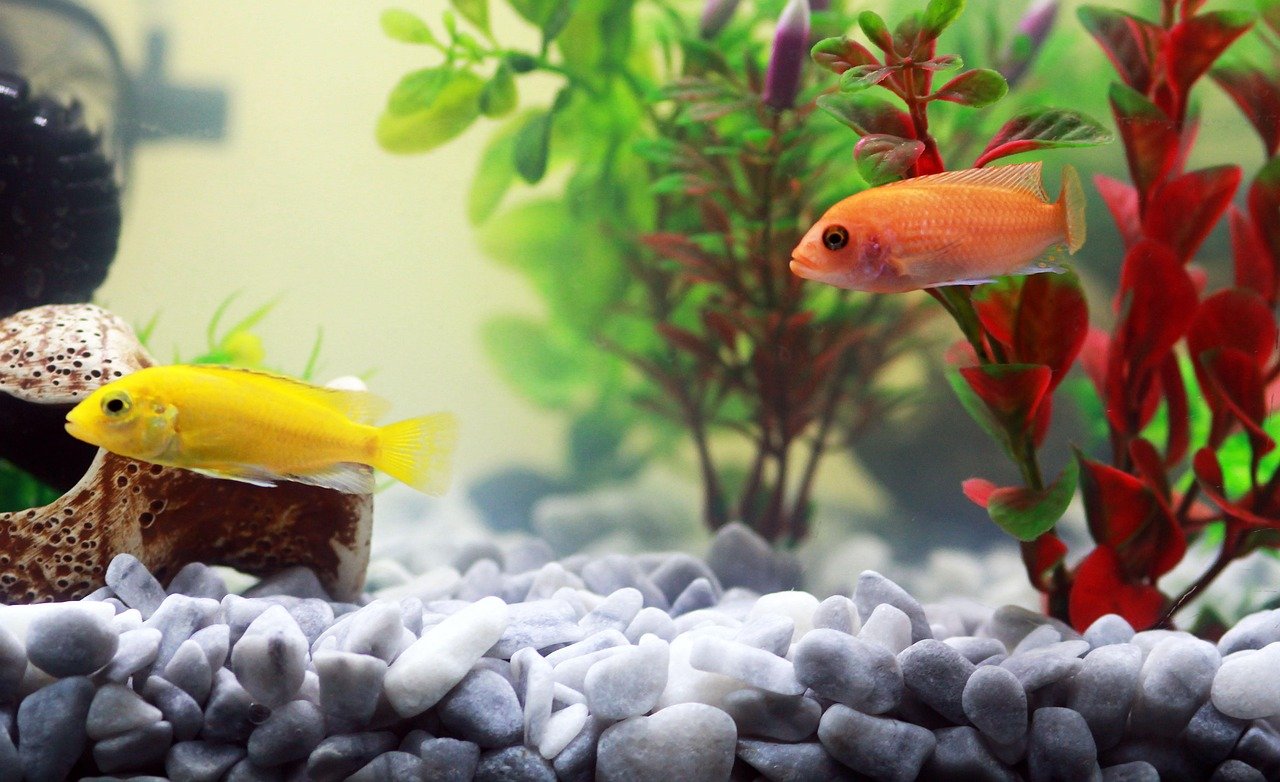
It’s easy to fall in love with every fish at the pet store, but overcrowding is one of the fastest ways to ruin your tank’s balance. Too many fish create too much waste, overwhelming your filter and spiking ammonia levels. Follow the general guideline of “one inch of fish per gallon,” but research your species—some need more space. A well-stocked tank is lively and engaging, but an overstocked one is stressful and dangerous for everyone. Resist the urge to add “just one more.” Your fish will have more room to swim and thrive.
Introduce Live Plants for Natural Balance
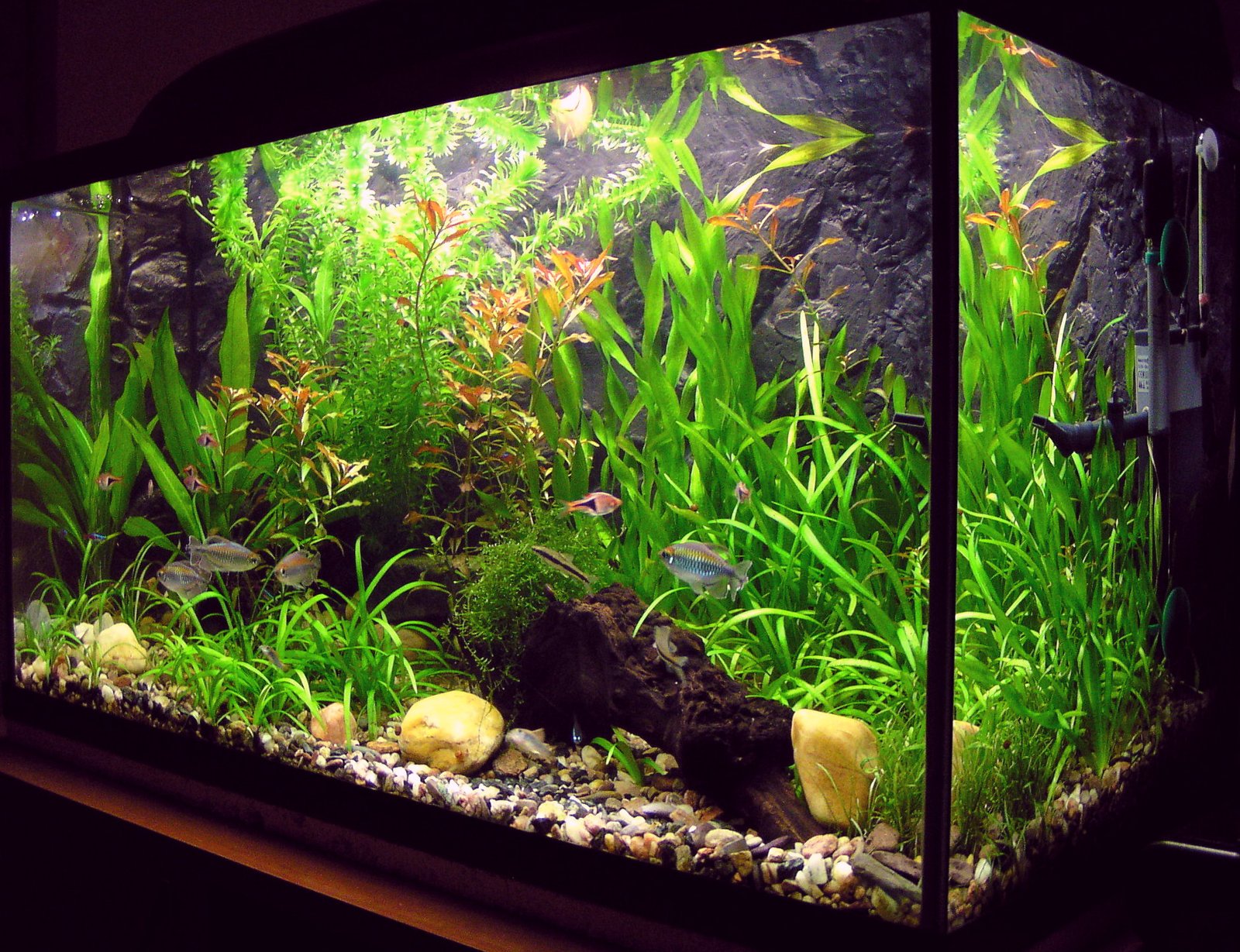
Live plants do wonders for aquariums. They absorb excess nutrients, provide oxygen, and give fish places to hide or lay eggs. Fast-growing plants like hornwort, anacharis, or java fern help keep the water clean by soaking up what algae would otherwise use to grow. Plants also create a more natural, soothing environment for your fish. Watching fish dart through swaying leaves is mesmerizing and reduces their stress. Artificial plants look nice, but they don’t offer the same benefits. Add a few easy-care plants and see your tank transform.
Maintain a Consistent Temperature
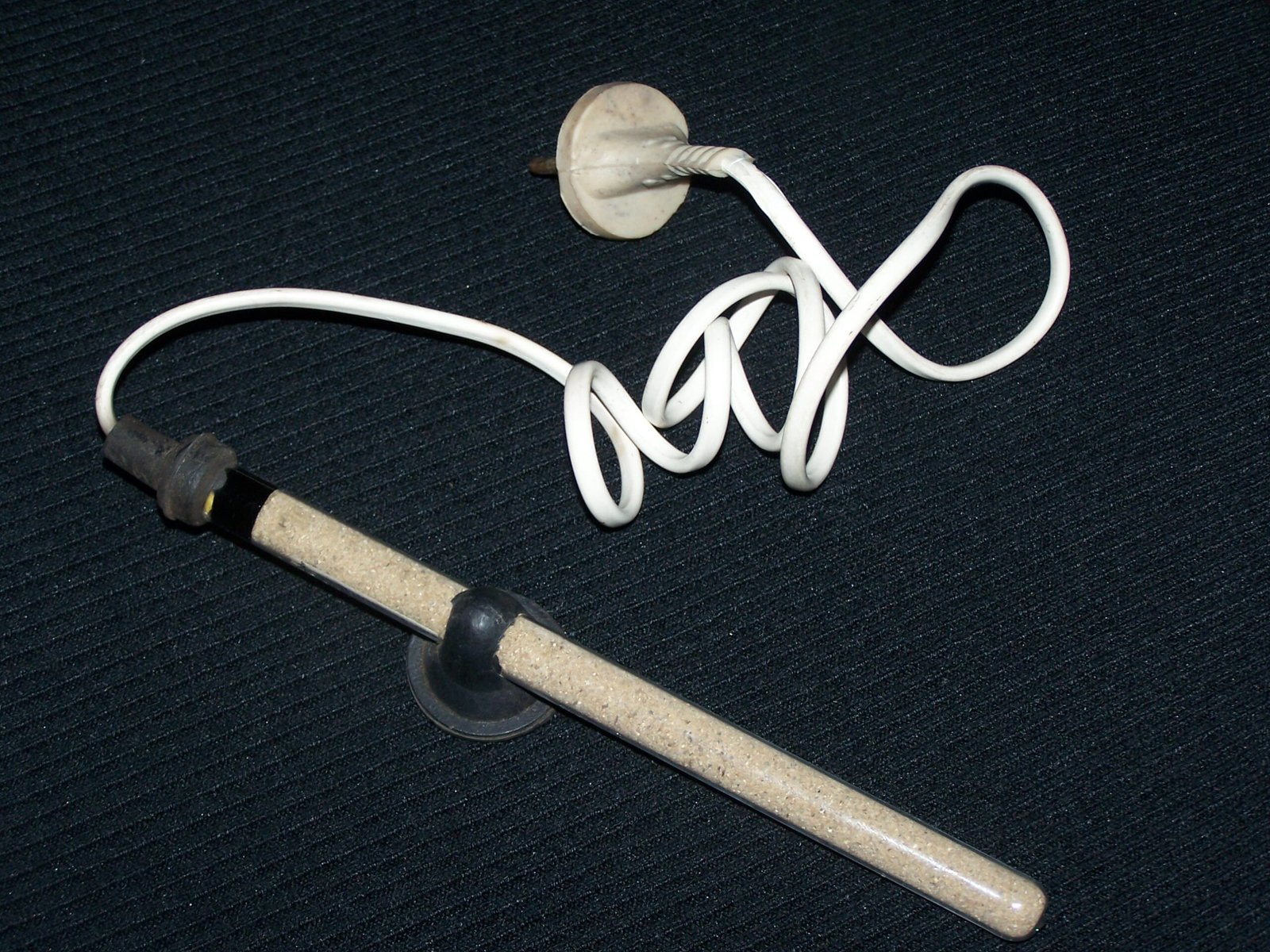
Fish are sensitive to temperature swings. Sudden changes can shock their systems, making them more prone to illness. Use a reliable aquarium heater with a built-in thermostat to keep the temperature steady, and check it daily with an aquarium thermometer. Most tropical fish do best between 74-78°F (23-26°C). Avoid placing the tank near windows or vents, as drafts can cause fluctuations. Stable temperatures help beneficial bacteria thrive, keeping your tank’s ecosystem strong. It’s like making sure your home is always cozy and comfortable—your fish appreciate it, even if they can’t say so.
Quarantine New Fish Before Adding to the Main Tank
Excited to add new fish? Slow down. New arrivals can carry parasites or diseases that quickly spread to established tankmates. Setting up a small quarantine tank for two weeks lets you observe and treat new fish before introducing them to the main aquarium. This extra step saves you from heartache later and keeps your tank’s balance intact. Think of it as washing your hands before a meal—simple, but it prevents a world of trouble. Patience pays off, and your healthy, happy fish will be proof.
Clean Decorations and Equipment Regularly
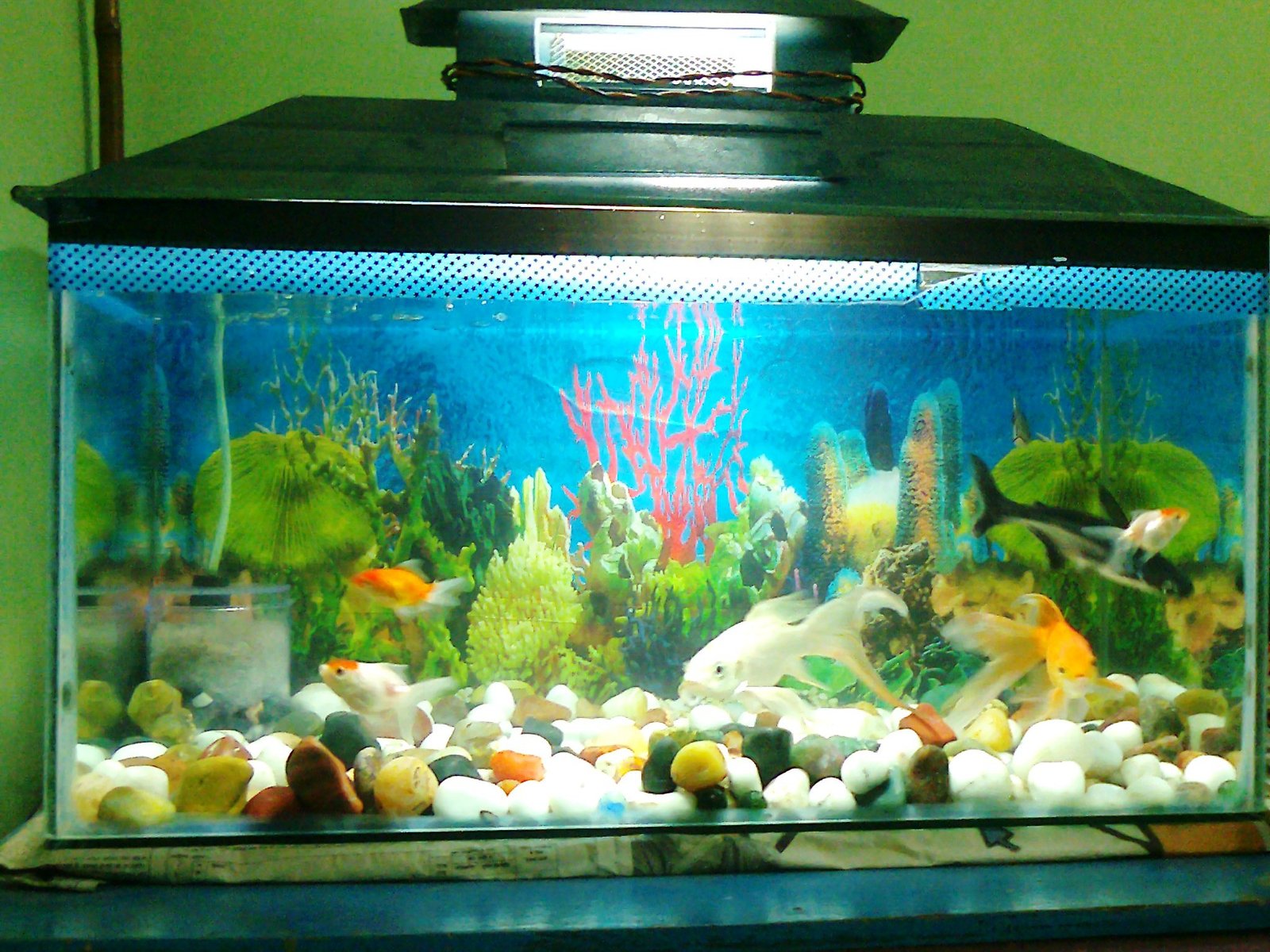
Ornaments, rocks, and equipment can gather algae and slime over time. Every few weeks, remove decorations and scrub them gently with warm water—never soap, which is toxic to fish. Filters, heaters, and air stones also need a quick rinse to prevent buildup. Keeping everything tidy prevents the spread of bacteria and keeps your tank looking stunning. Imagine inviting guests over and showing them a sparkling underwater landscape rather than a murky mess. A little elbow grease goes a long way in tank maintenance.
Use a Timer for Tank Lighting
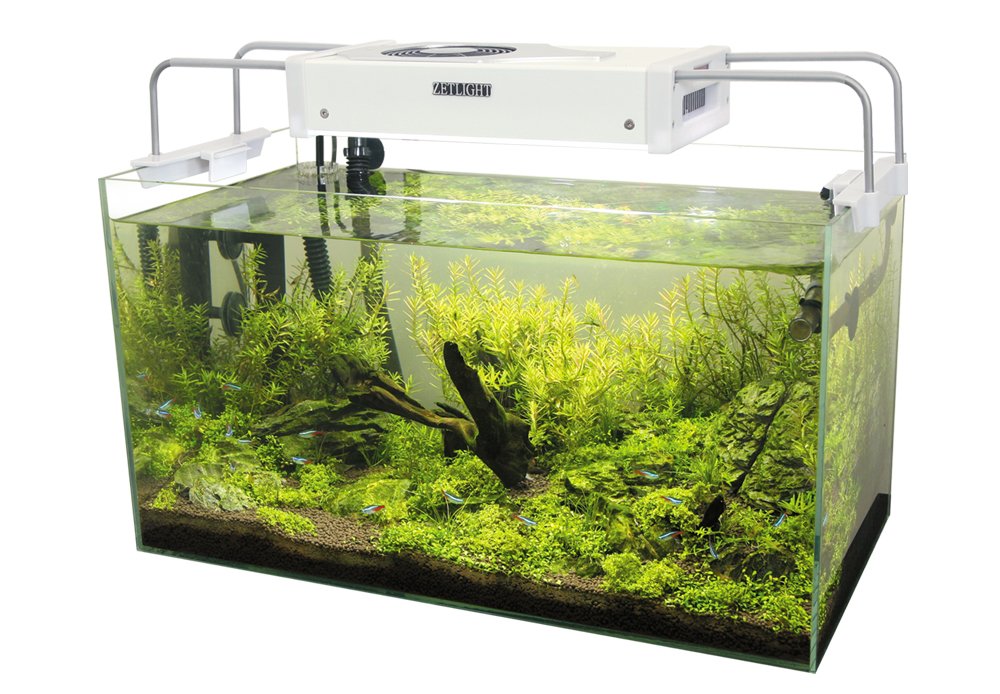
Too much light encourages algae growth, while too little can harm plants and stress fish. An automatic timer takes the guesswork out and ensures your tank gets just the right amount of light each day. Most aquariums do best with 8-10 hours of light. Consistent lighting schedules mimic natural day-night cycles, helping fish stay healthy and active. It’s like setting your morning alarm—once it’s automatic, it’s one less thing to worry about. Your fish settle into a routine, and your tank stays balanced.
Keep a Close Eye on Fish Behavior
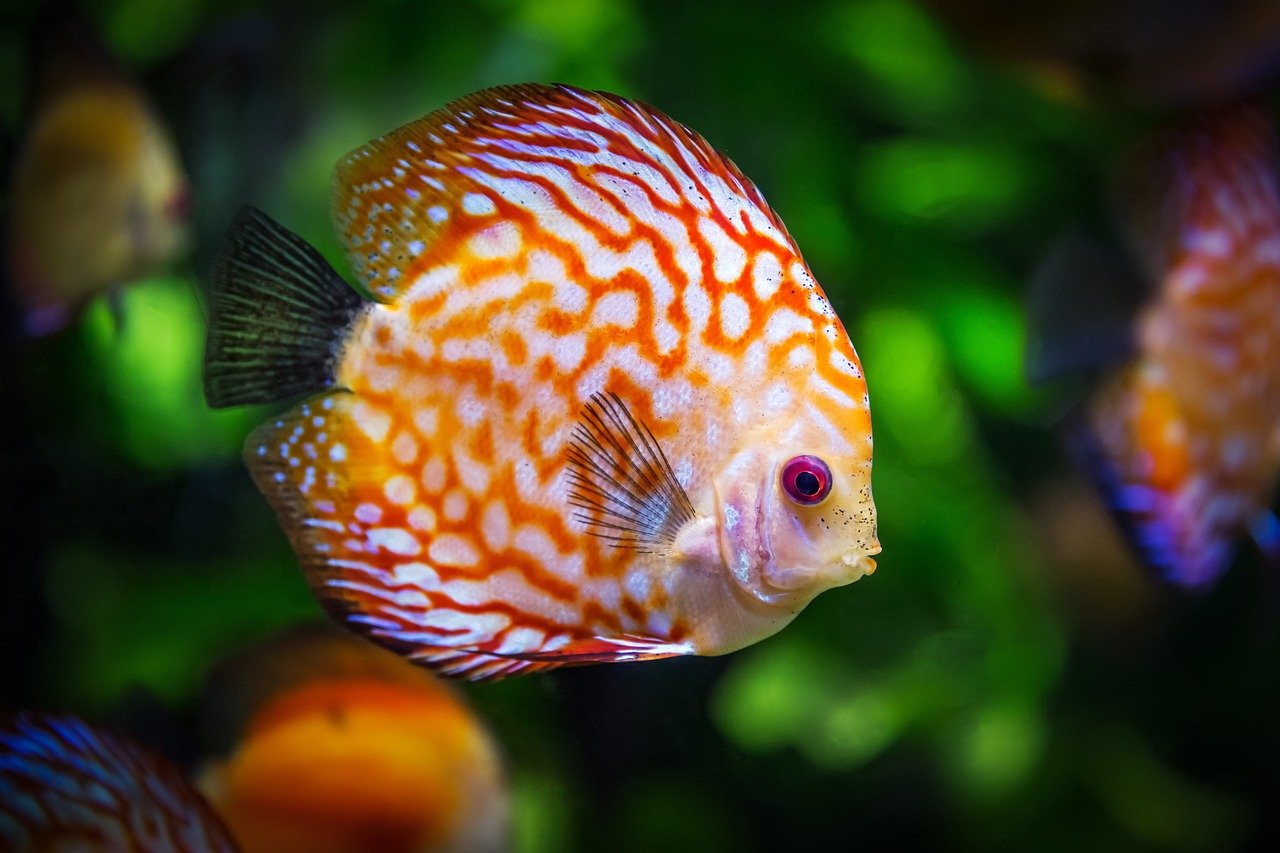
Fish can’t talk, but their actions speak volumes. Listless swimming, hiding, rapid gill movement, or faded colors might signal water problems or illness. Observing your fish every day helps you spot trouble early. Healthy fish are curious, energetic, and socialize with their tankmates. A sudden change in behavior is often the first sign something’s off. It’s like being a detective—your fish will tell you what’s wrong if you know how to listen. Early intervention keeps everyone happy and healthy.
Upgrade Your Equipment as Needed
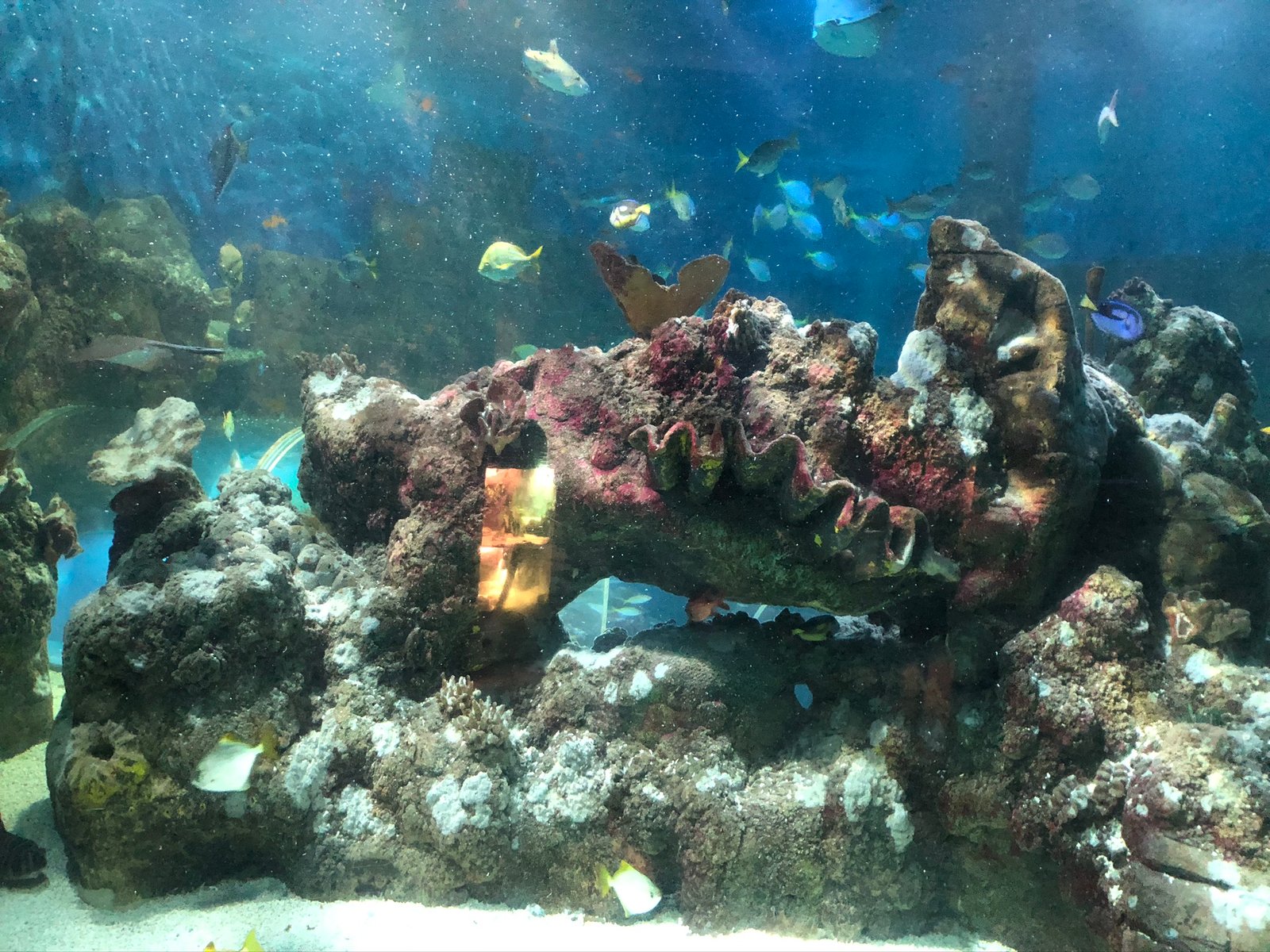
As your tank matures or your fish family grows, outdated equipment can struggle to keep up. Upgrading to a larger filter, stronger heater, or brighter light can make maintenance easier and improve your tank’s health. Technology changes quickly, and new gadgets can make a big difference in water clarity and stability. Don’t be afraid to invest in quality gear—it pays off in fewer headaches and happier fish. Sometimes, a small upgrade is all it takes to turn your aquarium from good to great.
Stay Consistent with Maintenance Routines

Success in aquarium keeping is all about consistency. Setting a regular schedule for water changes, filter cleaning, and parameter testing keeps everything running smoothly. Life gets busy, but a little planning goes a long way. Create a checklist or set reminders on your phone—whatever works for you. Consistent care means fewer surprises and a more beautiful tank. Think of it like brushing your teeth; small daily habits prevent big problems down the line. Your fish rely on you, and they’ll reward your efforts with vibrant health and beauty.
A clean, balanced tank isn’t just nicer to look at—it’s essential for your fish’s health and happiness. With a little routine care and the right strategies, you can prevent major problems before they start. From smart feeding habits to regular water checks, it all adds up to a thriving aquatic world. Stick with it, and your fish will thank you with vibrant colors and active, happy behavior!

